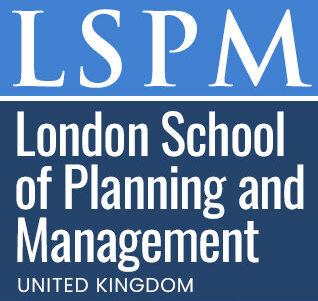Global Certificate Course in Waterborne Pathogen Communication Strategies
Published on June 28, 2025
About this Podcast
HOST: Welcome to the podcast! Today, we're discussing a unique course, the "Global Certificate Course in Waterborne Pathogen Communication Strategies." I'm excited to have our guest, an expert in the field, share insights about this important topic. GUEST: Thanks for having me! I'm delighted to be here and discuss this critical area of waterborne pathogen communication. HOST: To start, could you share a bit about your personal experiences related to this course topic? GUEST: Absolutely. I've spent over two decades working in water treatment facilities, and clear communication about potential pathogens has always been a top priority. HOST: That's fascinating. Could you tell us about any current industry trends relevant to the course? GUEST: Sure. One trend is the increasing use of digital platforms to inform the public about water safety. This opens up new opportunities and challenges for effective communication strategies. HOST: Speaking of challenges, what are some common obstacles faced in the field or while learning/teaching this subject? GUEST: There are several. One major challenge is addressing language barriers and ensuring that information is accessible to diverse communities. HOST: That's an essential point. Now, let's look to the future. What do you think the future holds for waterborne pathogen communication strategies? GUEST: I believe we'll continue to see advancements in real-time monitoring and alert systems, which will require ongoing education and refinement of communication strategies. HOST: It's clear that this course is both timely and vital. Thank you for sharing your insights and experiences with us today. We're excited to see how this knowledge can make a difference in water safety. GUEST: My pleasure. I hope that by discussing these topics, we can raise awareness of the importance of effective waterborne pathogen communication strategies. Thanks for having me!
